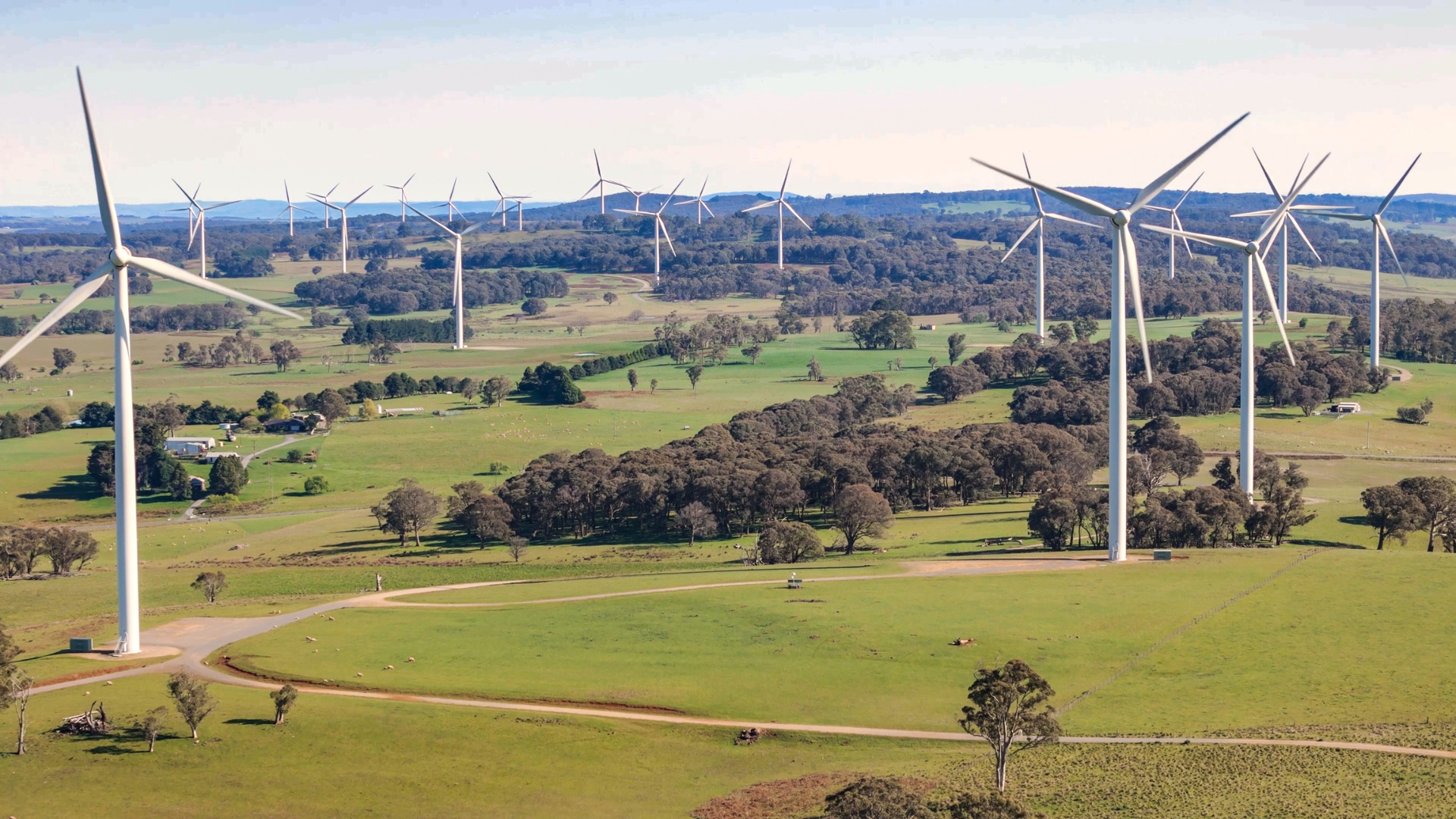It’s time to pound the table for value
Value will come back. It must do. It’s the most persistent of styles, dating back to the research of Benjamin Graham in the 1930s. Its underperformance cannot go on much longer. Surely. Reece Birtles, admittedly biased towards the style, provides a compelling argument as to why the time is now to dive back in.
Birtles, the long-time CIO at Martin Currie Investments, a global and Australian equities manager, argues in a recent note to clients that during 2017 and into 2018 it had been difficult to “pound the table” on behalf of value. But this changed in the second half of last year. The valuation spreads are now greater than they were during the tech bubble of the late 1990s and during the global financial crisis of 2008.
He says the past two years have seen poor performance for value style indices and typical value managers globally, with stronger performance for other styles such as momentum, growth and quality. “There have been recent comments in the market that value is broken or that this could be the death of value,” he says. “Or, given how expensive the market has become, is now actually the time to overweight the style?”
Birtles is actually understating the issue. As the graph in his client note shows value has underperformed for a good, or bad, eight years. His belief, as many of the world’s great investors would attest, is that at some stage the markets have to represent fair value. A stock cannot trade on 100 times earnings, for instance, forever. The chickens must come home to roost.
Birtles says: “I have looked at what has been really driving changes in value spreads, and my analysis shows that the level and change in economic growth (e.g. based on our in-house business cycle indicator or PMI), bond yields (for example, the US 10 year) and the yield curve, have all generally moved in concert with Value spreads.
“This tells us that value style performance should turn around when economic growth stabilises, bond yields are no longer falling, and central banks cut rates to stimulate the economy. In other words, when the world doesn’t remain in a constant state of panic or euphoria for an extended period.”
– G.B.
Note: Martin Currie is a sponsor of Investor Strategy News.










